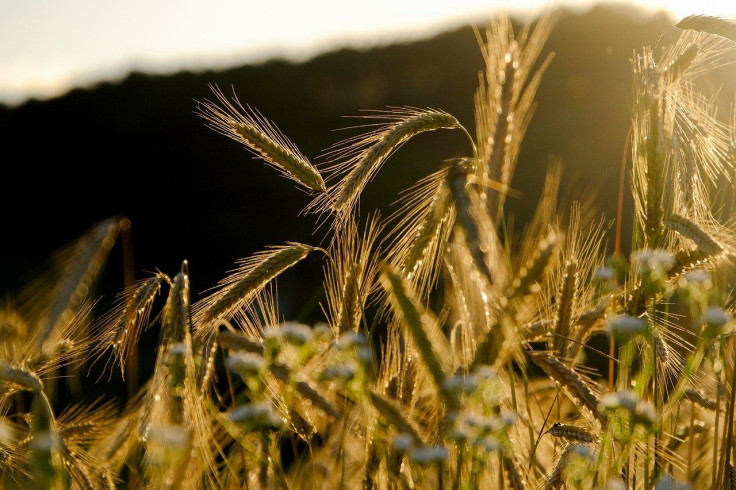Friend Or Foe? Common Plant Disease Possibly Protects The Host From Pests
KEY POINTS
- Ergot disease was found to be more common in plants with the fungal endophyte
- Uninfected plants had 4.5 times more aphids than the infected ones
- It's possible the endophyte has promoted the disease to prevent the plant from pests
A common plant disease, known as ergot, that is considered harmful may actually benefit the plant by protecting it from pests that eat it.
The fungal endophyte in the genus Epichloë has a symbiotic relationship with the "widely distributed" grass species, the red fescue, the University of Turku said in a news release. As the fungus cannot survive outside of its host plant, it often provides the plant with protection from pests and enhances its ability to "endure abiotic stress" in exchange for the nutrients the plant provides.
For their work, published in Frontiers of Microbiology, a team of researchers took a closer look at whether the presence of the fungal endophyte affects the occurrence of the aphids and Claviceps purpurea (ergot). Aphids are insects that are considered pests, while Claviceps purpurea is another fungus that causes the ergot disease in grasses. Grains contaminated with ergot are toxic to humans, and the disease is even seen as an "unwelcome guest" on farmlands.
"C. purpurea, the ergot fungus, is widely recognized as a plant pathogen that infects the inflorescences in the Poaceae family," the researchers wrote, adding that it tends to prevent the host from developing plant seeds.
Benefits outweigh harms
The researchers found that the Epichloë symbiosis did not affect the occurrence of aphids, but ergot was present more commonly in the plants with the fungal endophyte. It appears that the endophyte symbiosis has increased the chances of the plant getting infected by ergot, the university noted.
However, there were fewer aphids in the plants that were infected by the ergot fungus. In fact, the uninfected plants even had 4.5 times more aphids than the ones that were infected by Claviceps.
Researchers believe that the endophyte promotes ergot as it provides "notable" protection from aphids. Since the infection can only cause "minor seed loss," the "net effect" on the plant may still be positive, they added.
#Ergot, a common plant disease on rye, is toxic to humans and it spoils the crop. But researchers found that the disease actually defended its host plant chemically against grass feeding insects and appears to be a beneficial protector for the host plant. https://t.co/IrMkGHbXMR
— Turun yliopisto - University of Turku (@UniTurku) February 12, 2022
It's possible then that the "benefits of the ergot outweigh the harms," Miika Laihonen, a doctoral candidate and one of the study authors, said in the university news release. In fact, ergot has also been seen to repel other animals from eating infected plants.
"As humans, we have a natural tendency to judge the organisms from our own point of view. However, by doing so, we can miss a bigger picture," Laihonen said. "We classify the ergot fungus as a harmful plant pathogen because that is what it is for us. For the plant though, it can be a savior: by occupying very few seeds, the ergot can safeguard the rest of the next plant generation."

© Copyright IBTimes 2024. All rights reserved.












